site search
online catalog
UNIFORM OF COL. JOHN S. SCHULTZ, ADC TO GEN. COUCH AS 2nd CORPS COMMANDER AT FREDERICKSBURG (WIA,) CHANCELLORSVILLE, AND COMMANDER DEPT. SUSQUEHANNA- PURPORTEDLY ON THE PLATFORM AT THE GETTYSBURG ADDRESS
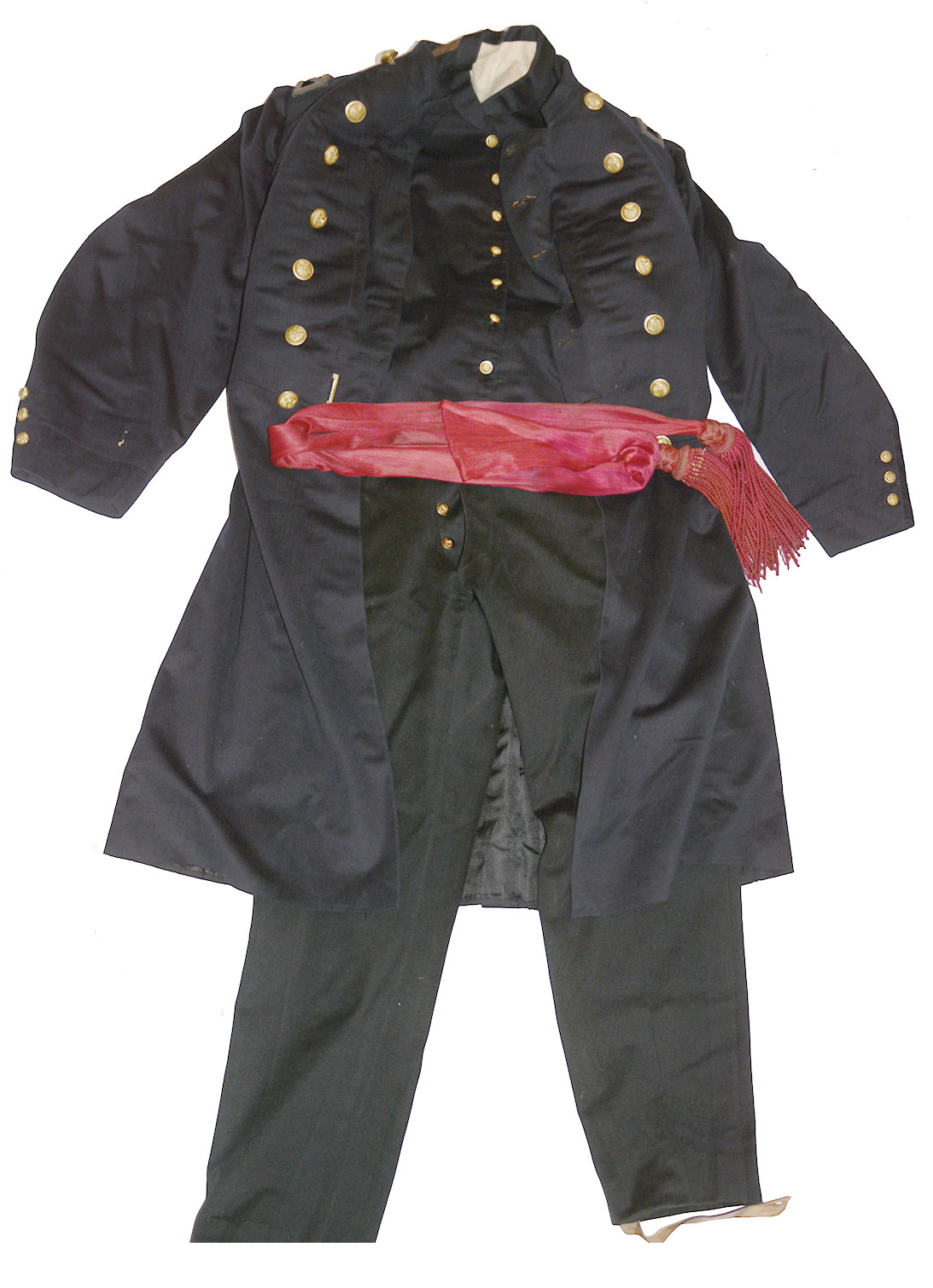
Hover to zoom

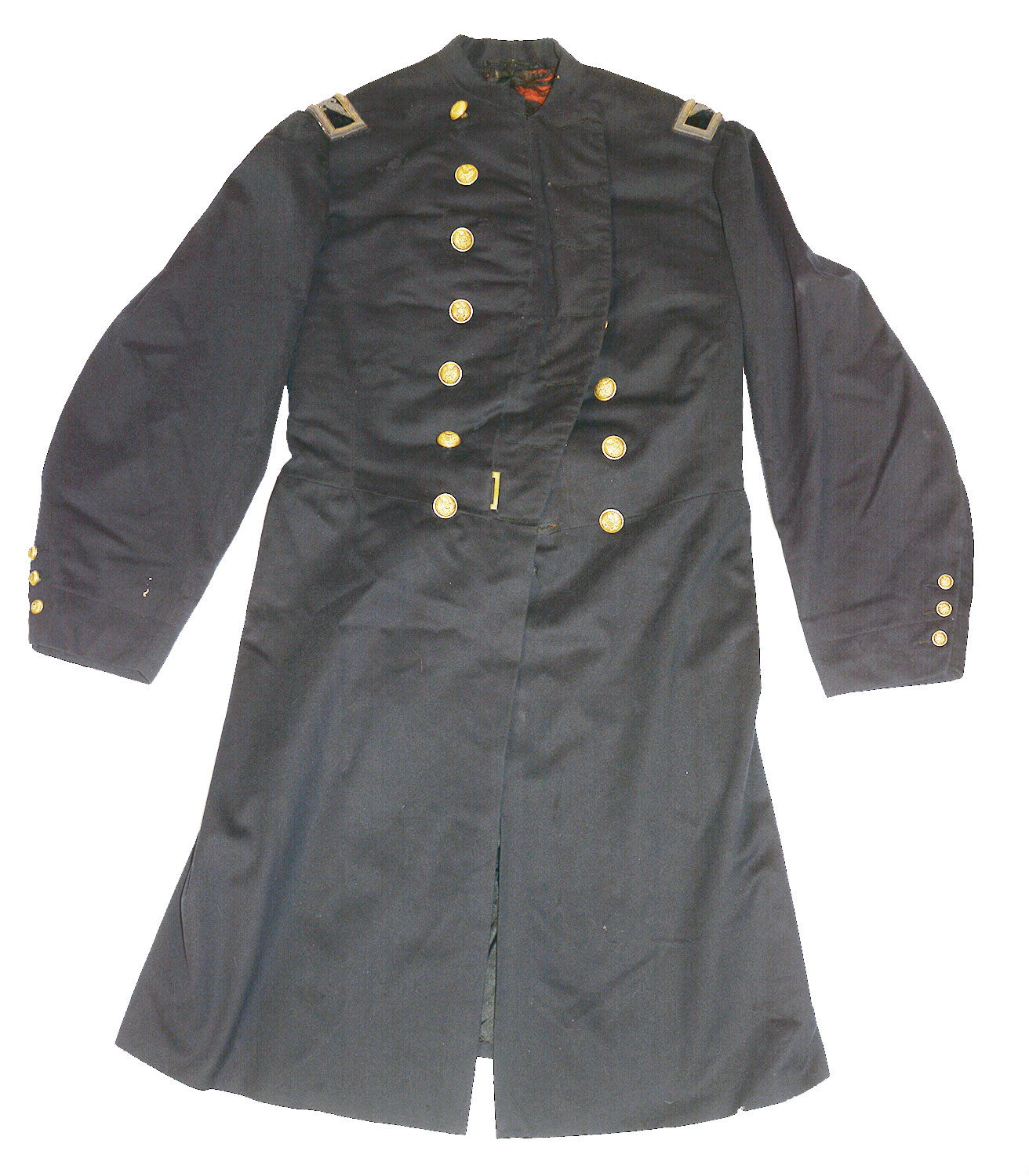

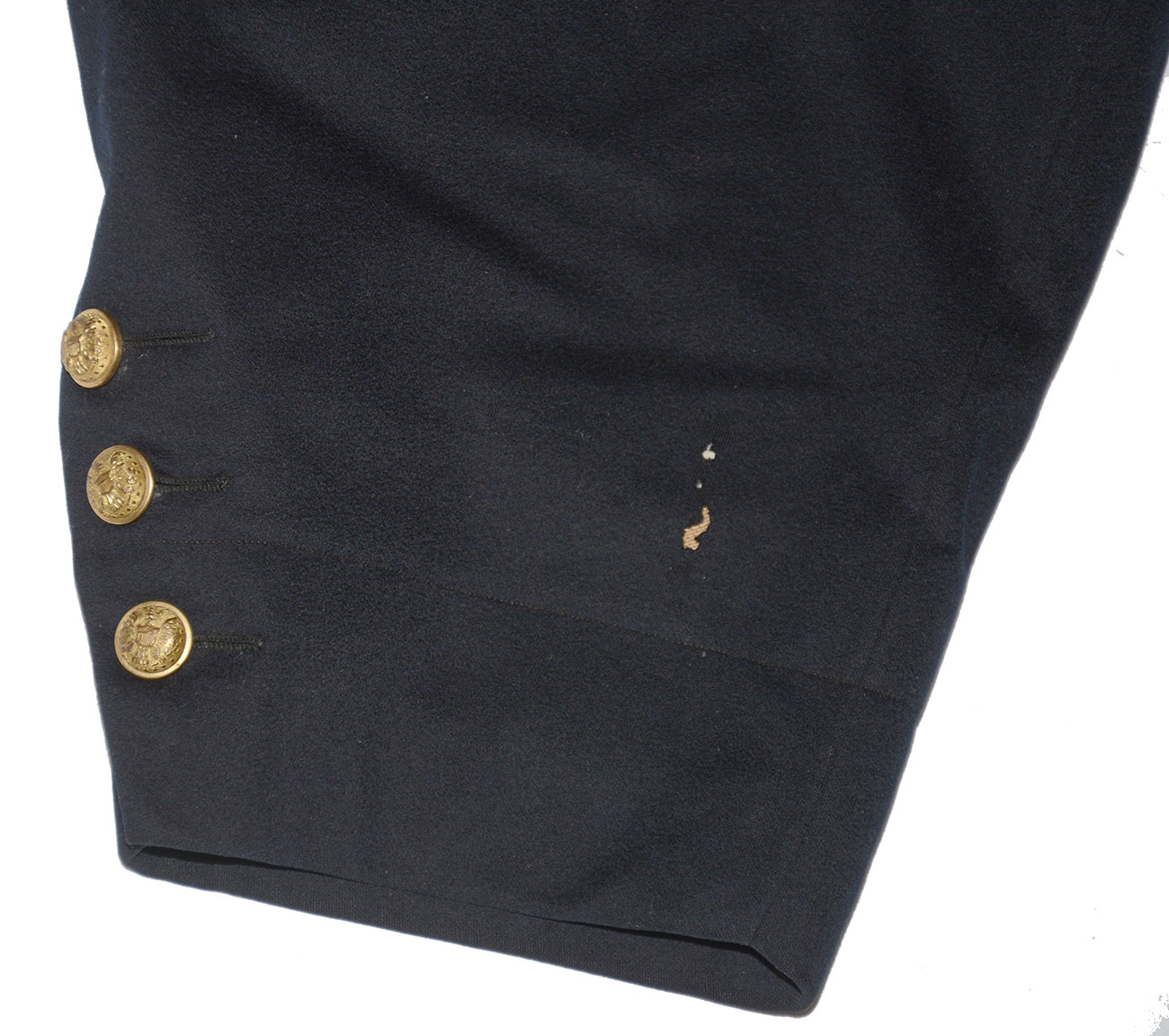
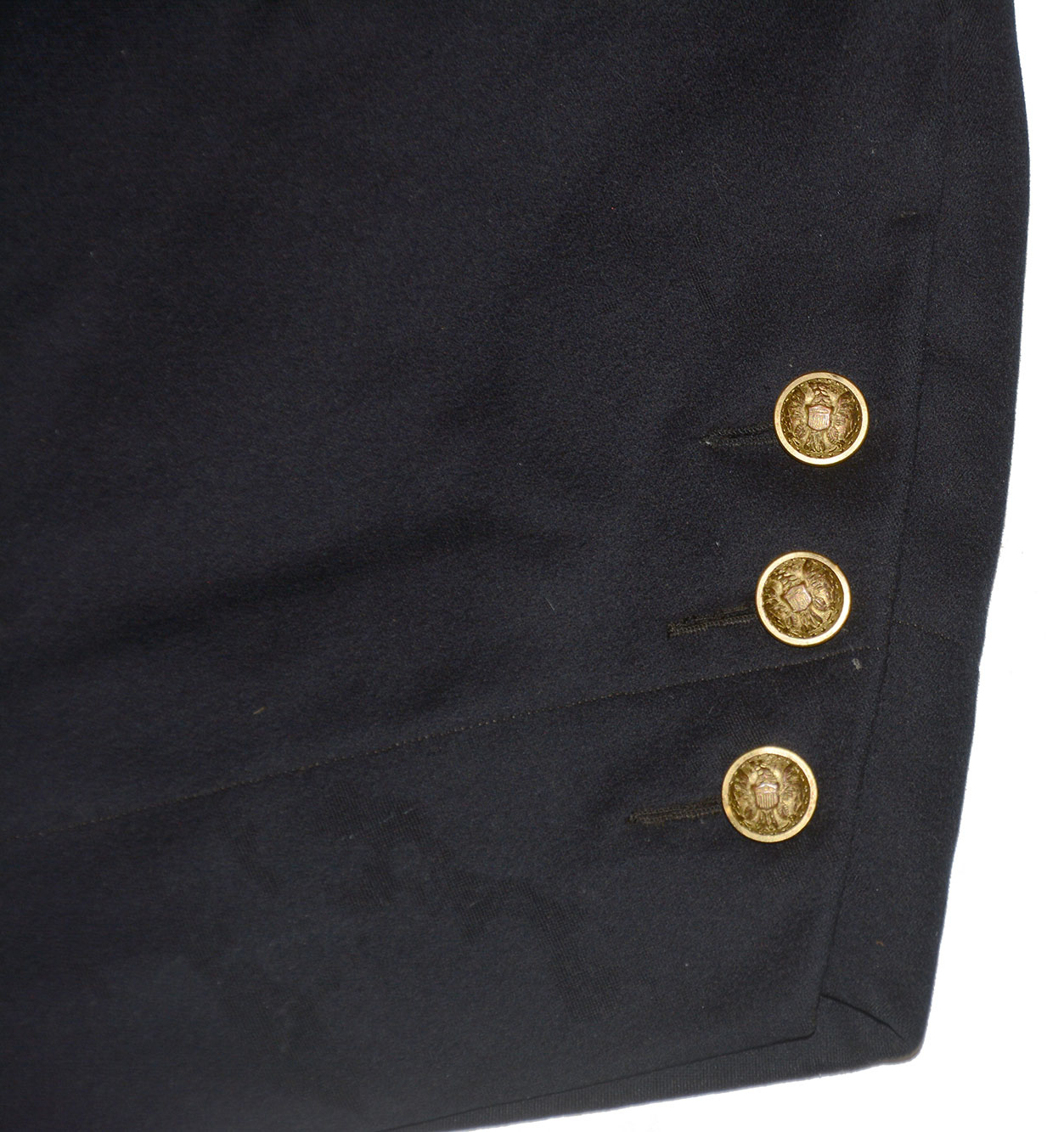
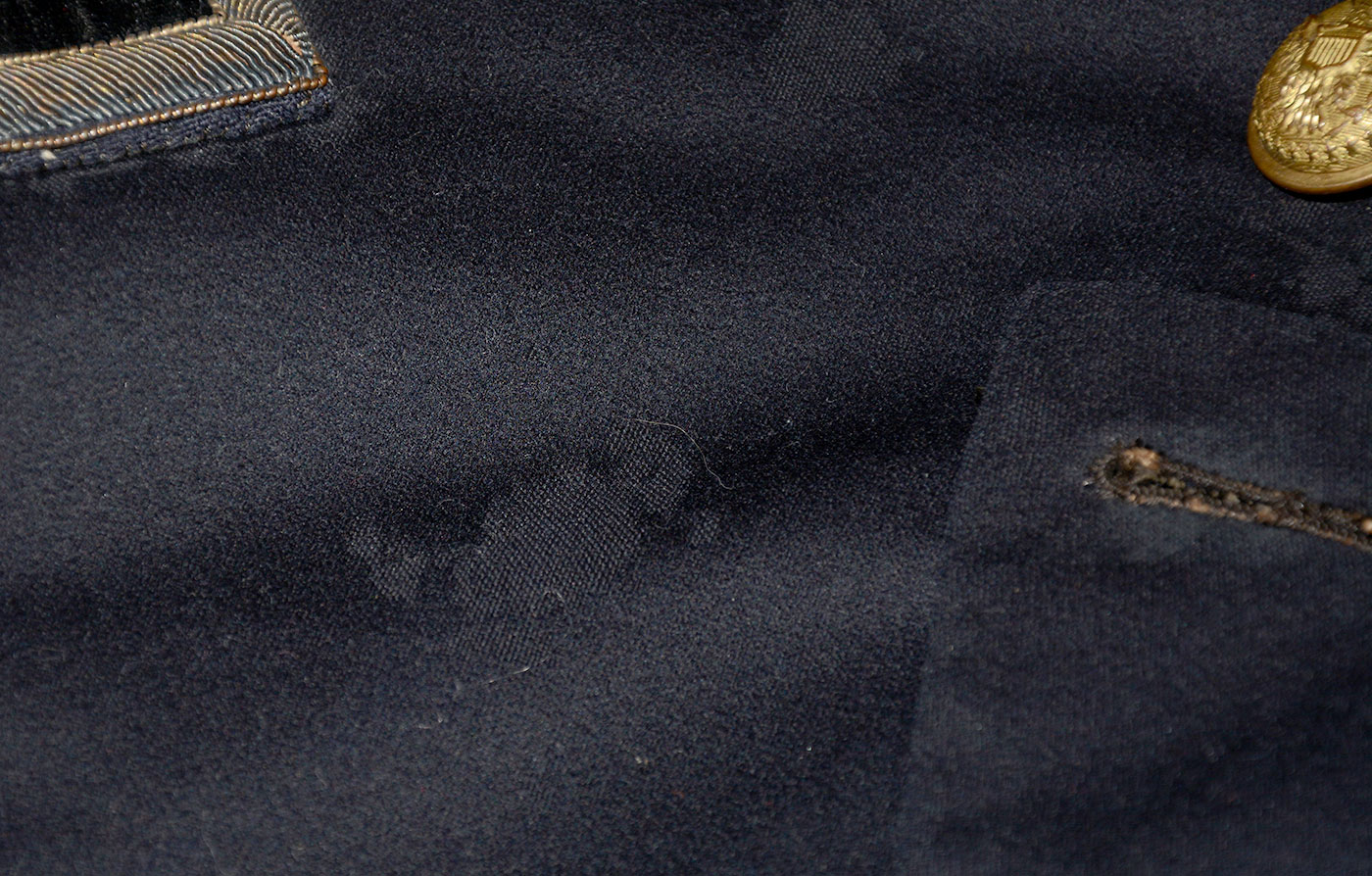
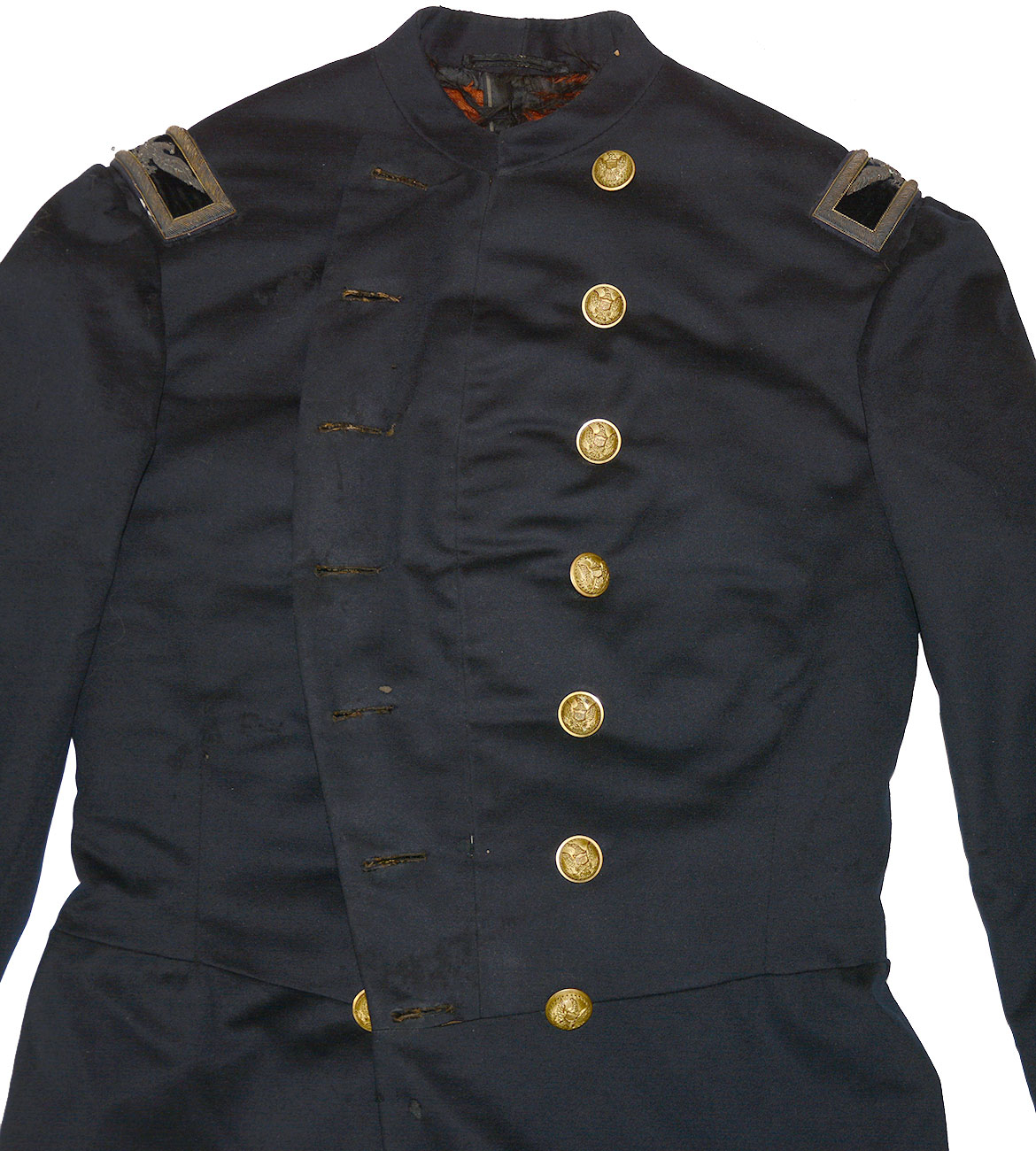
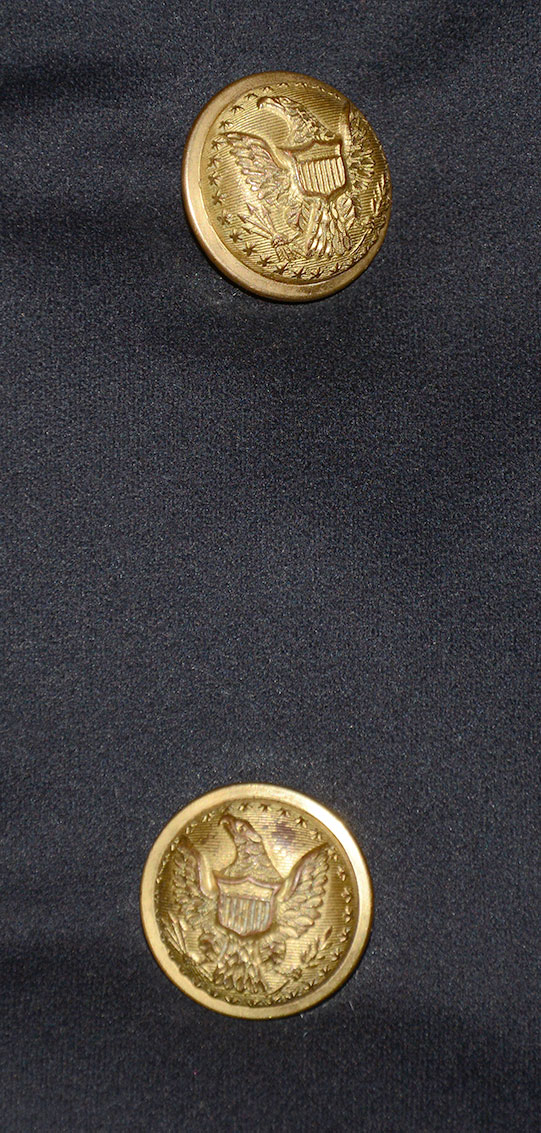
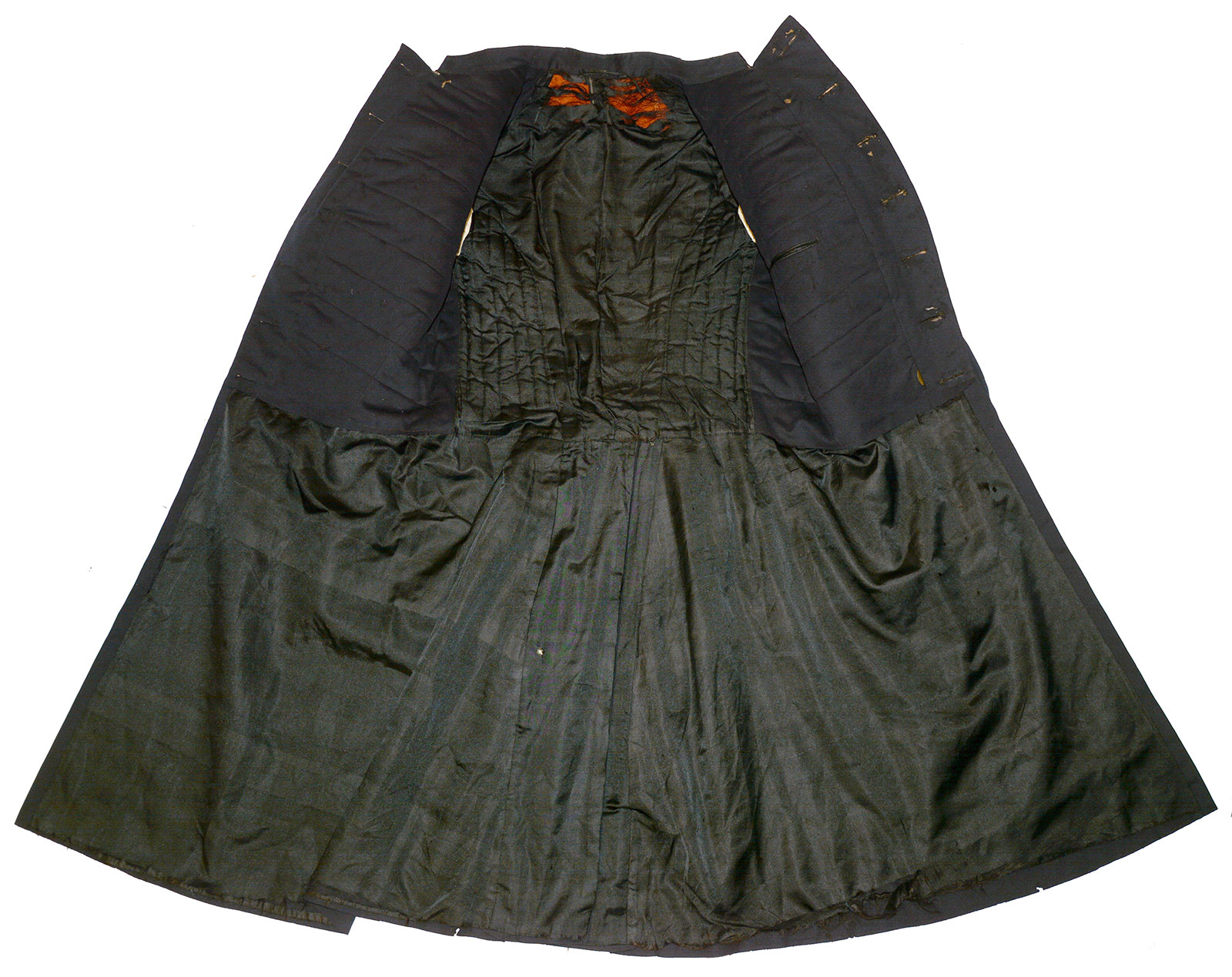


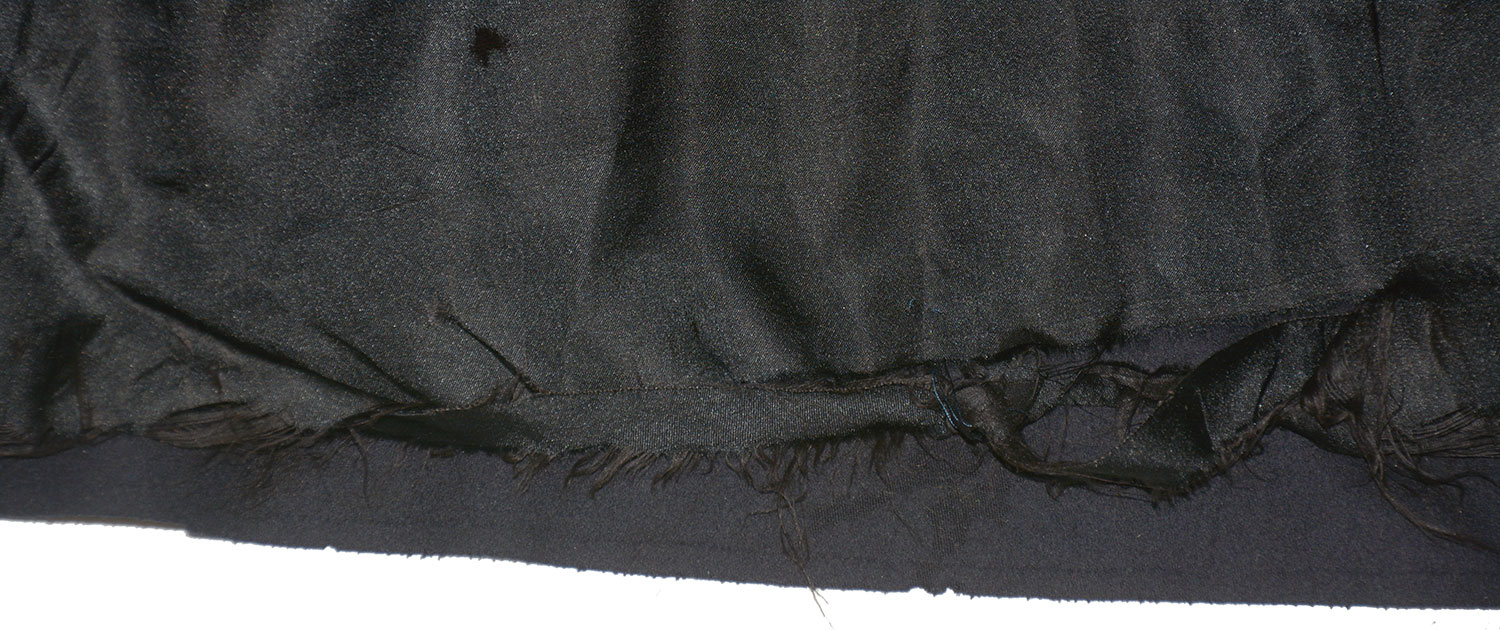

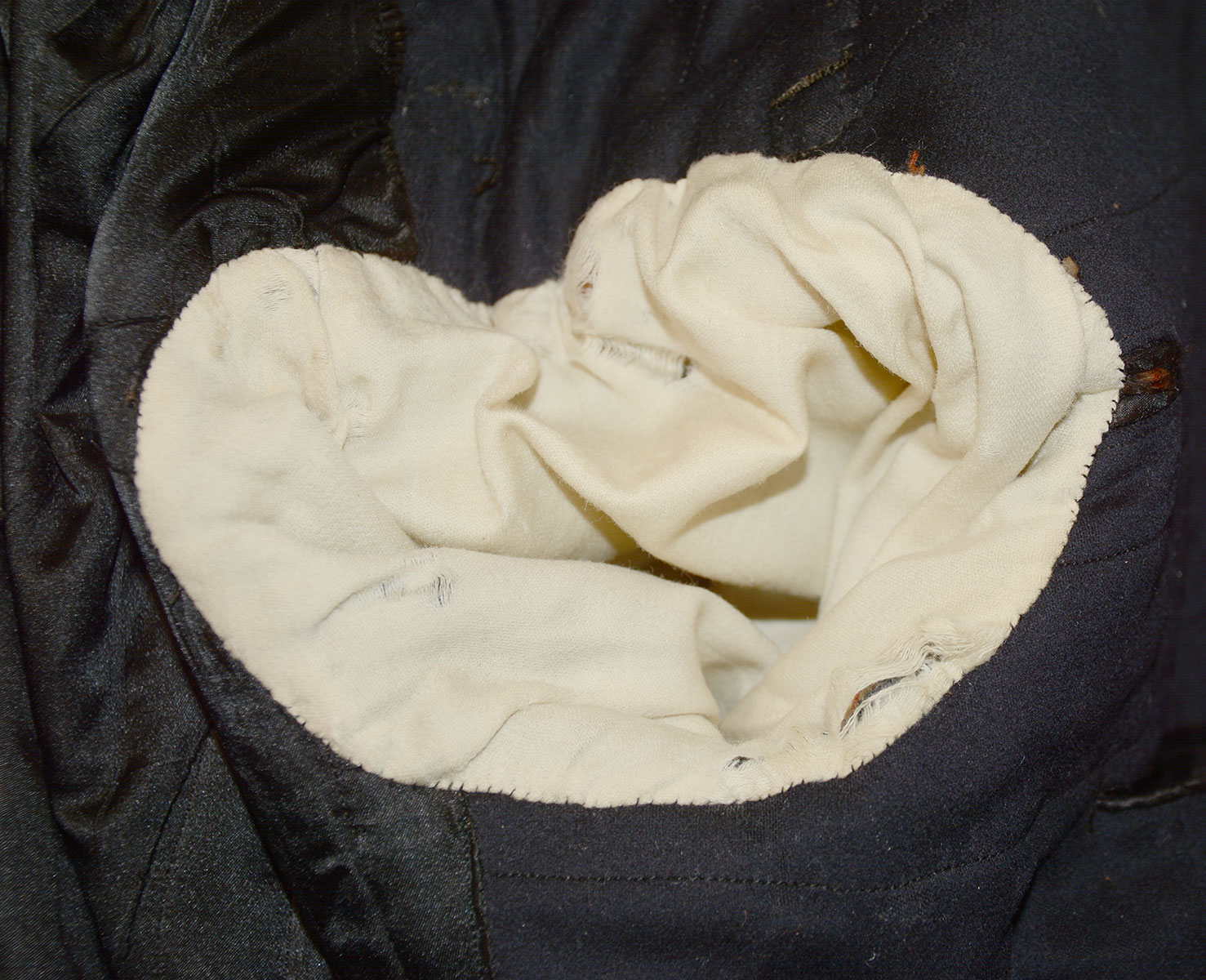
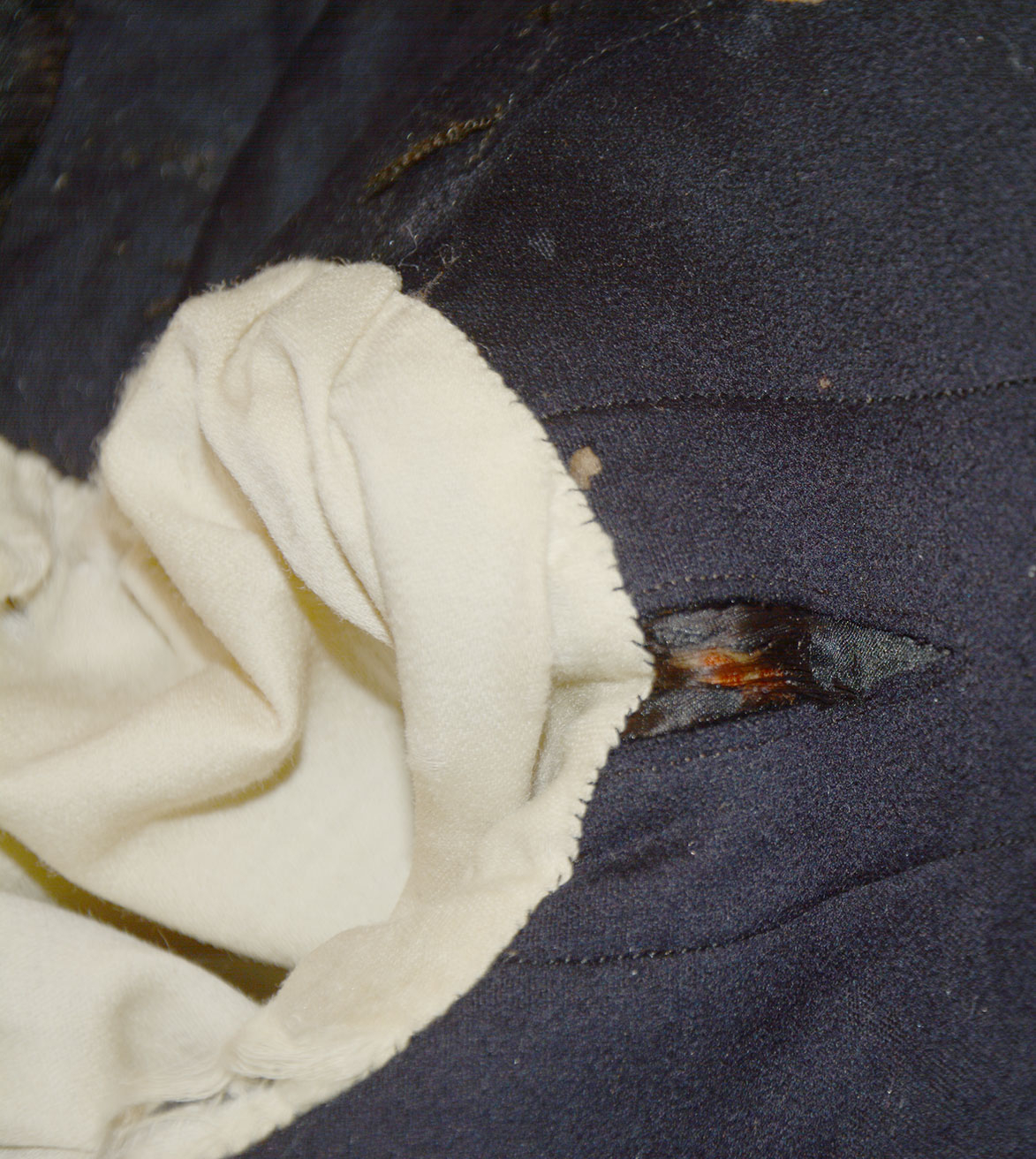
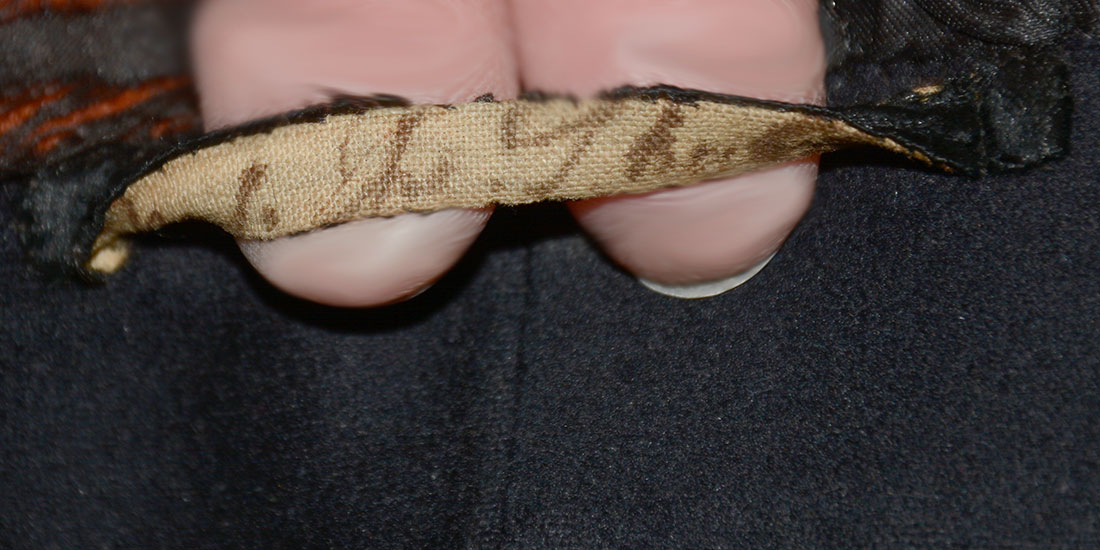
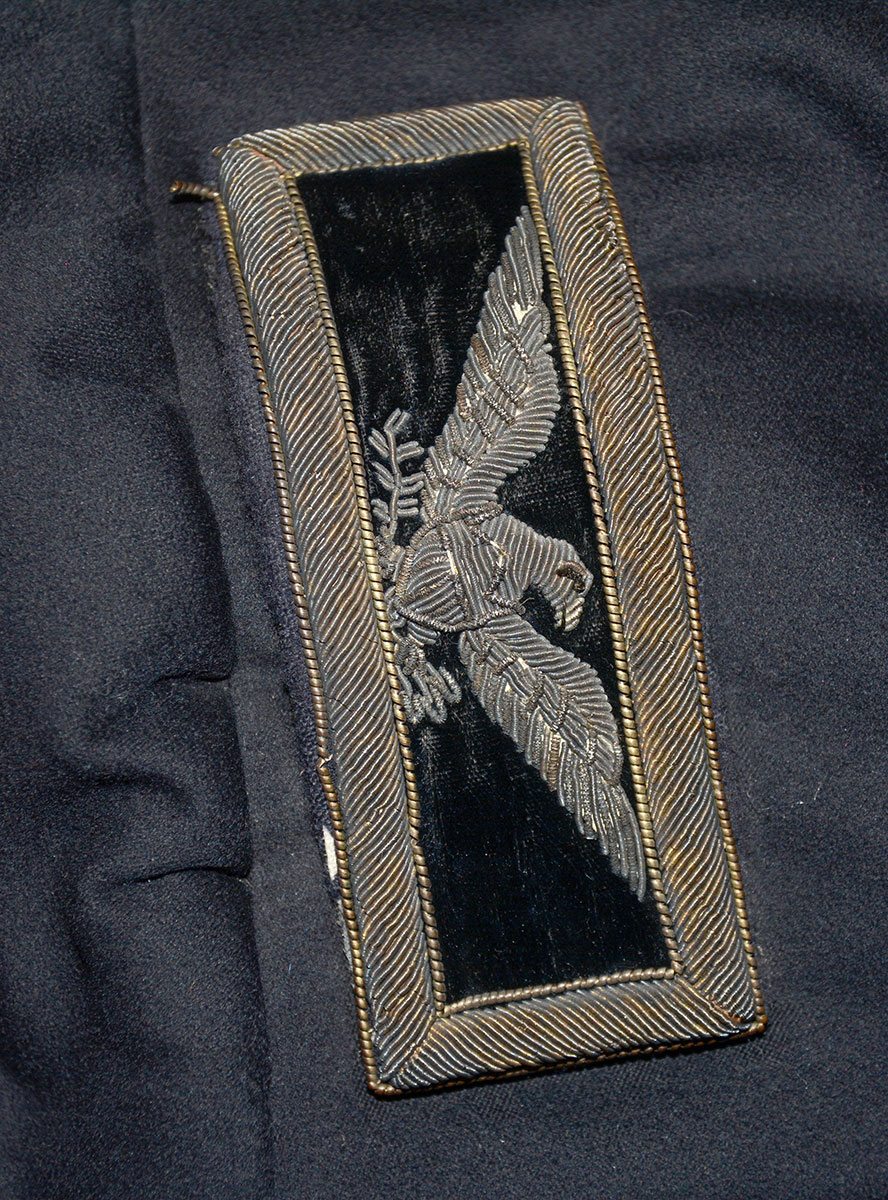
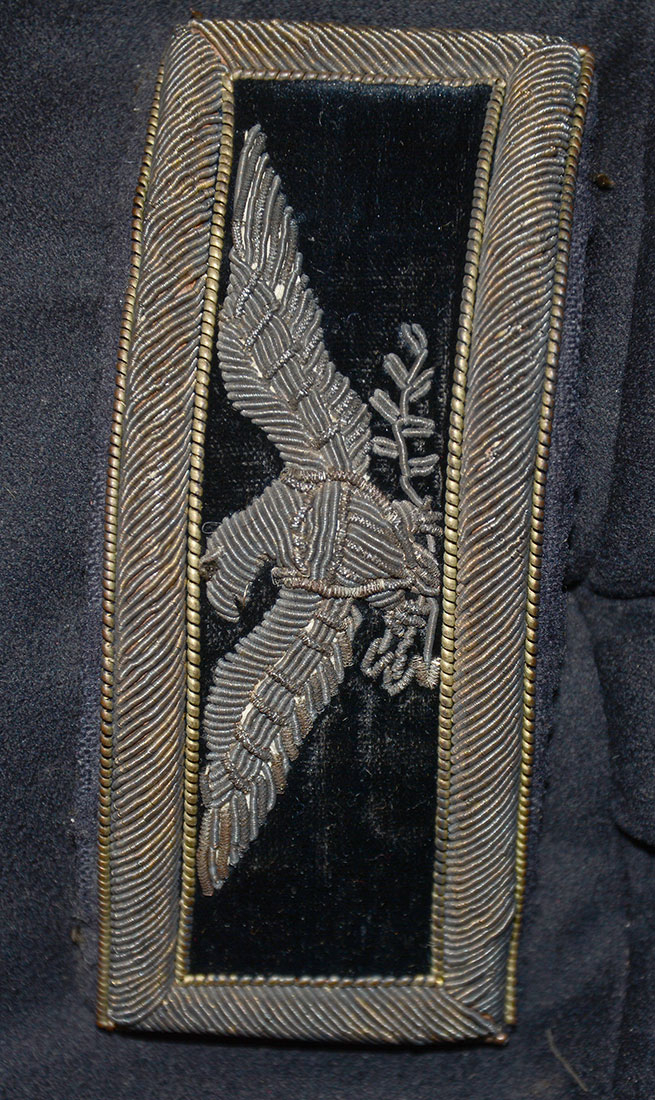


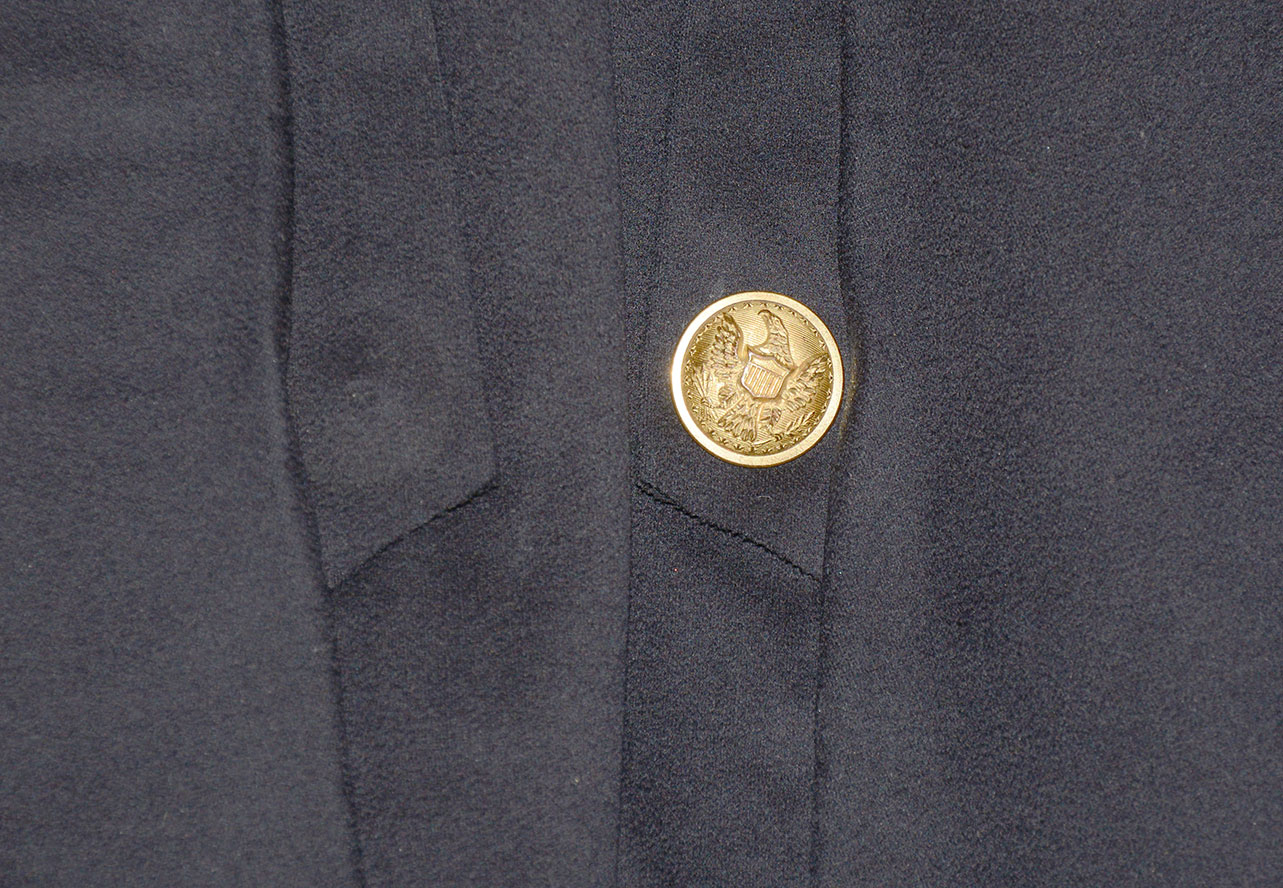
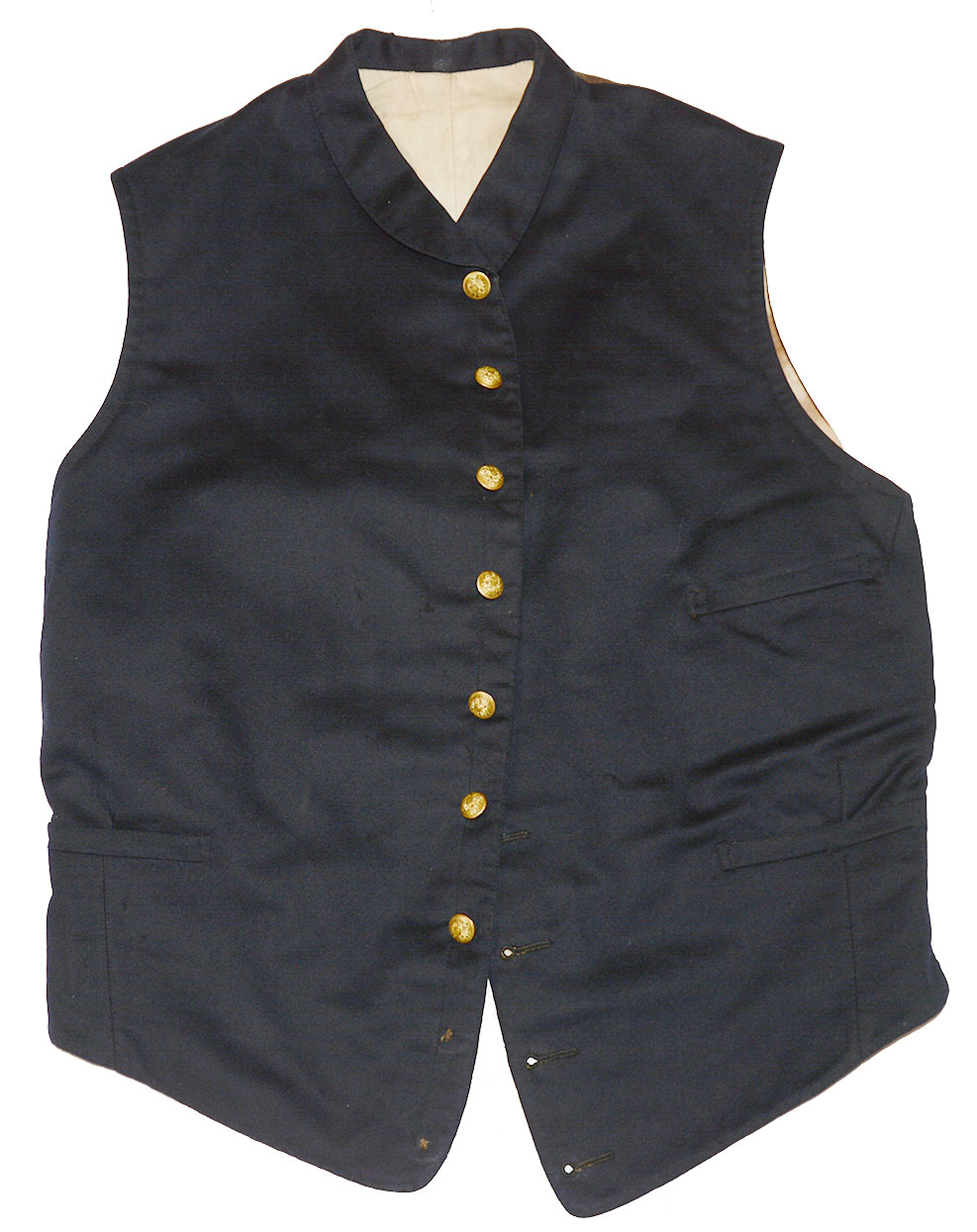

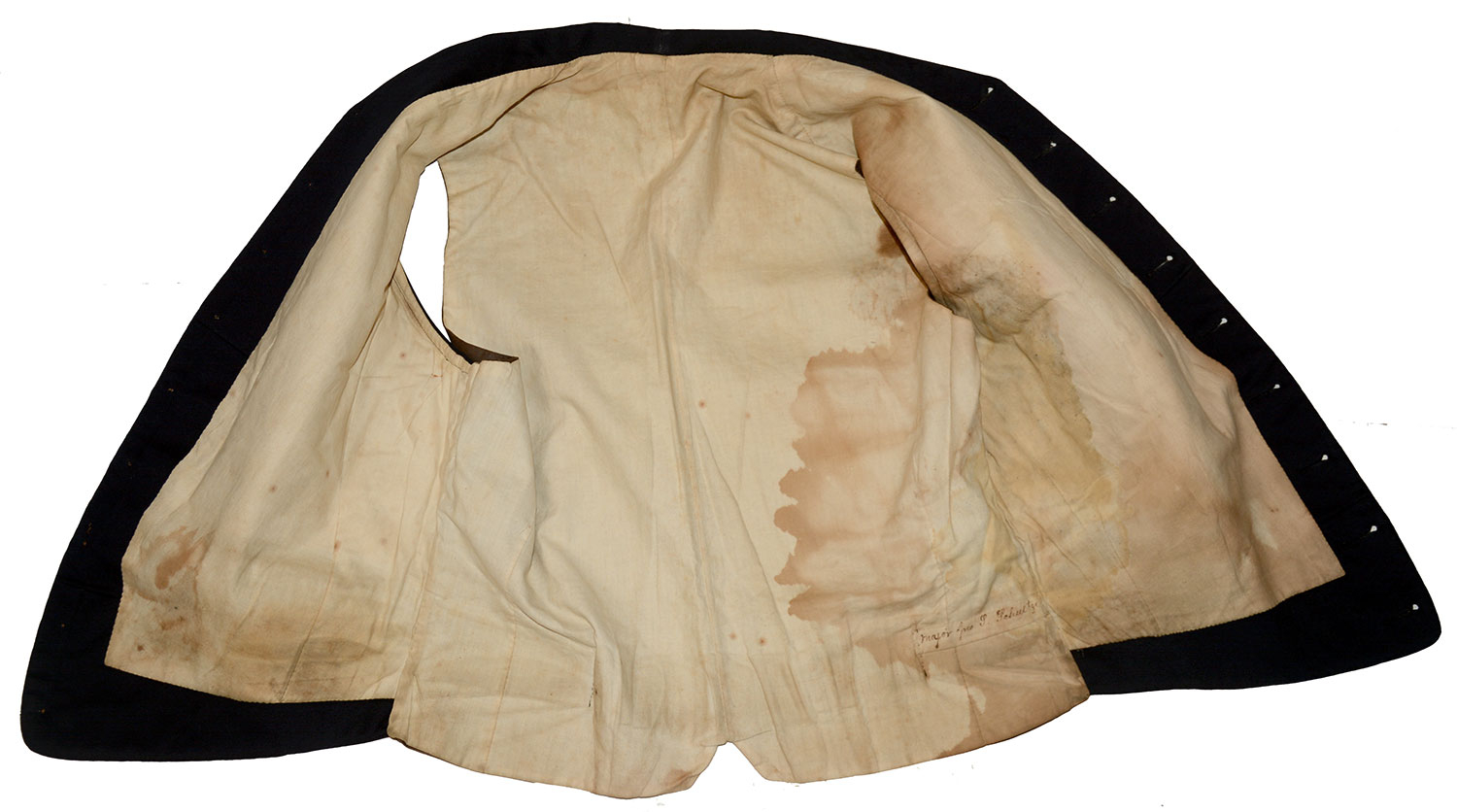
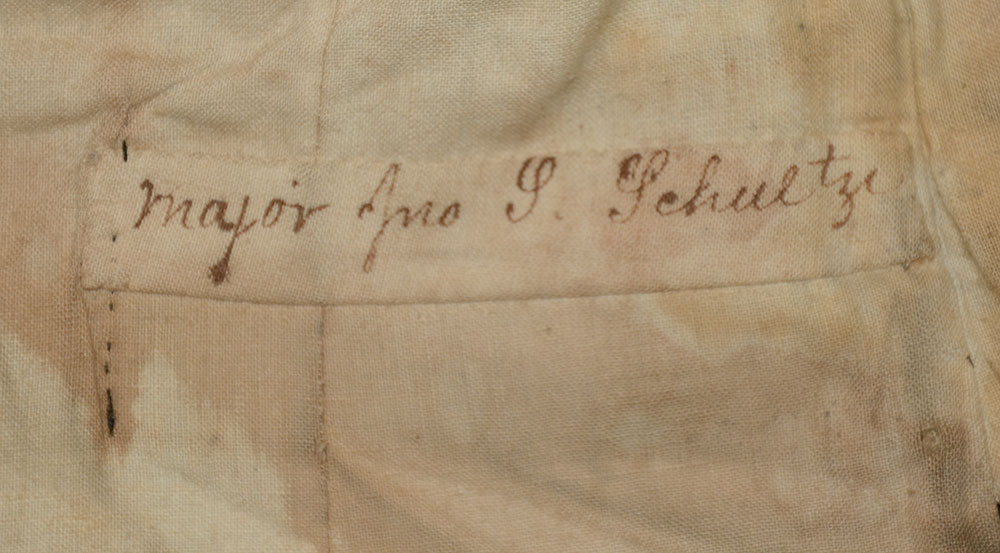
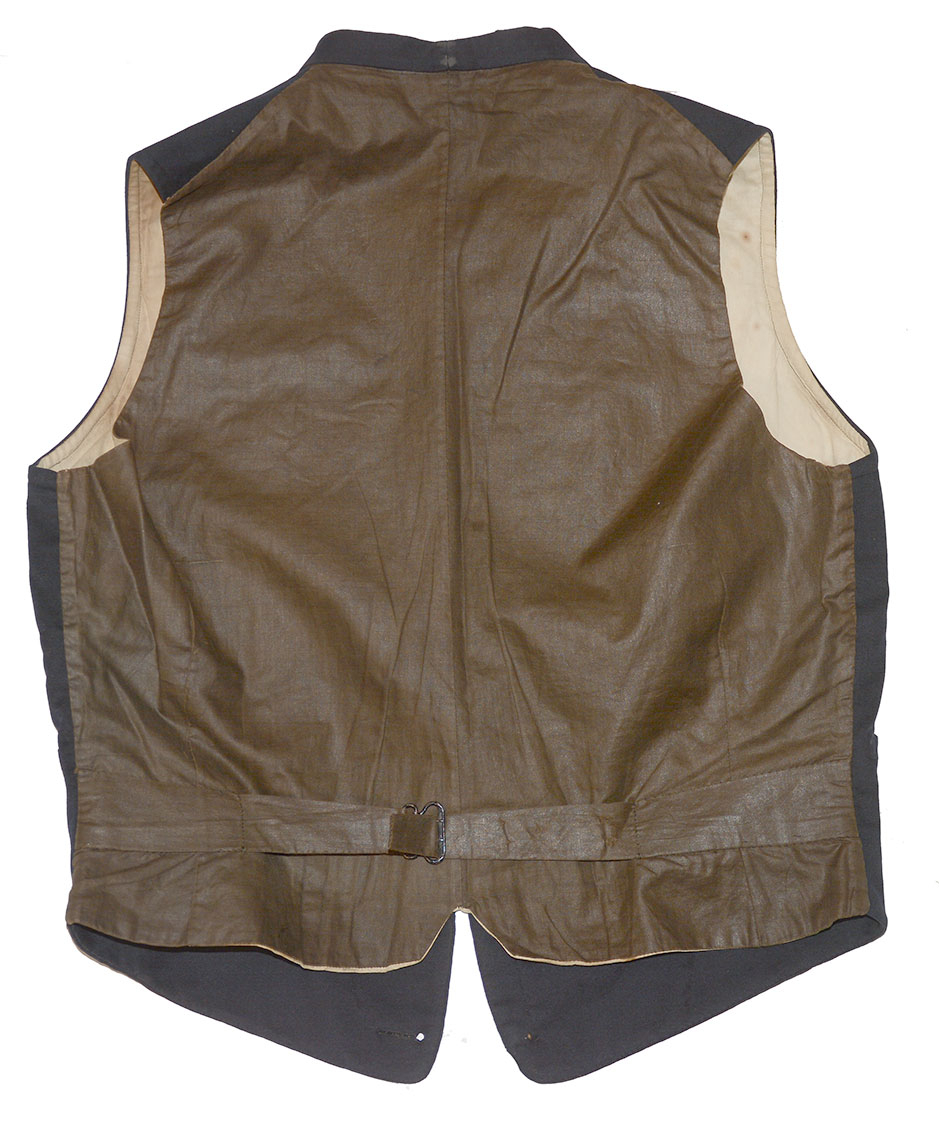

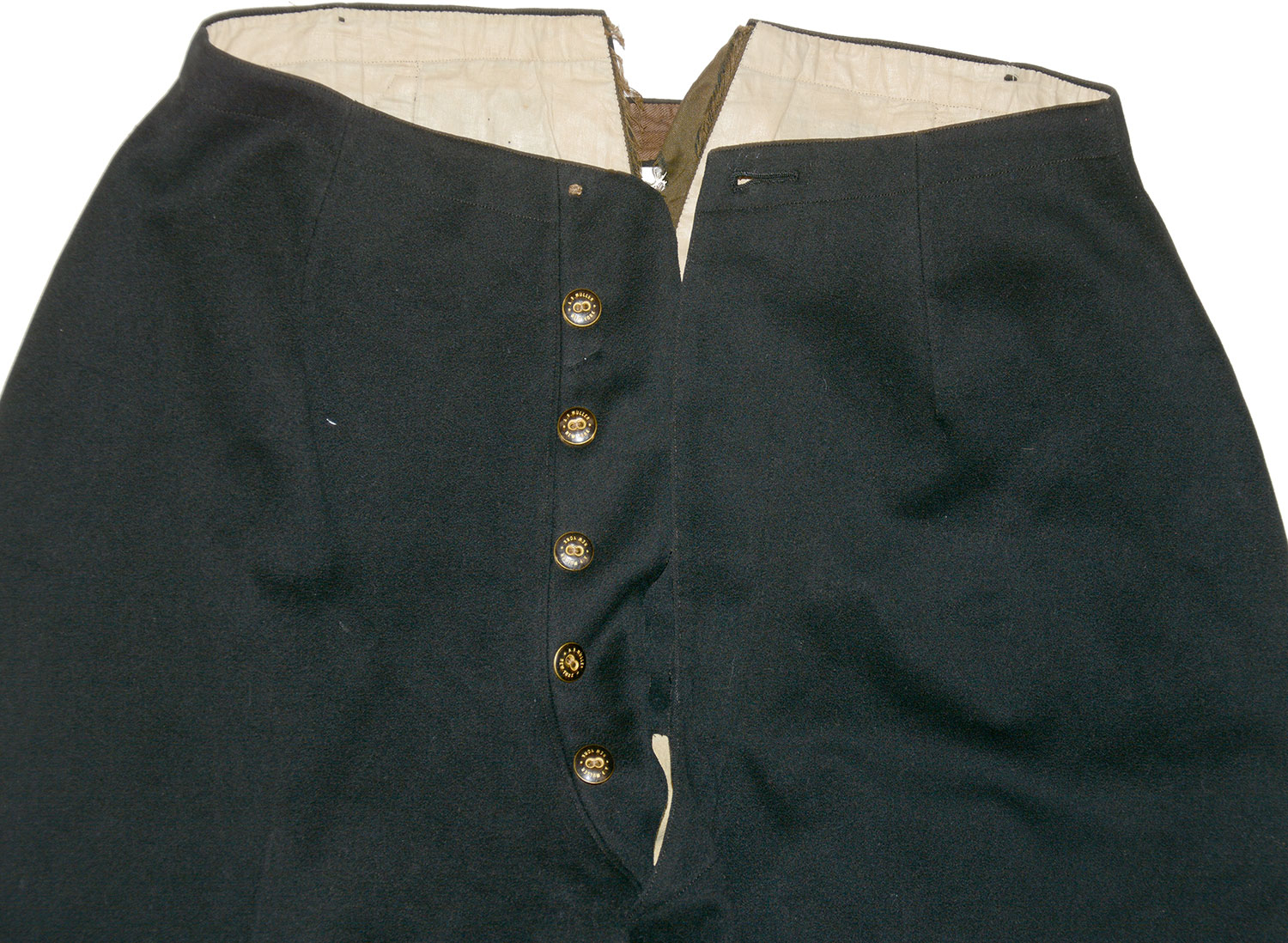

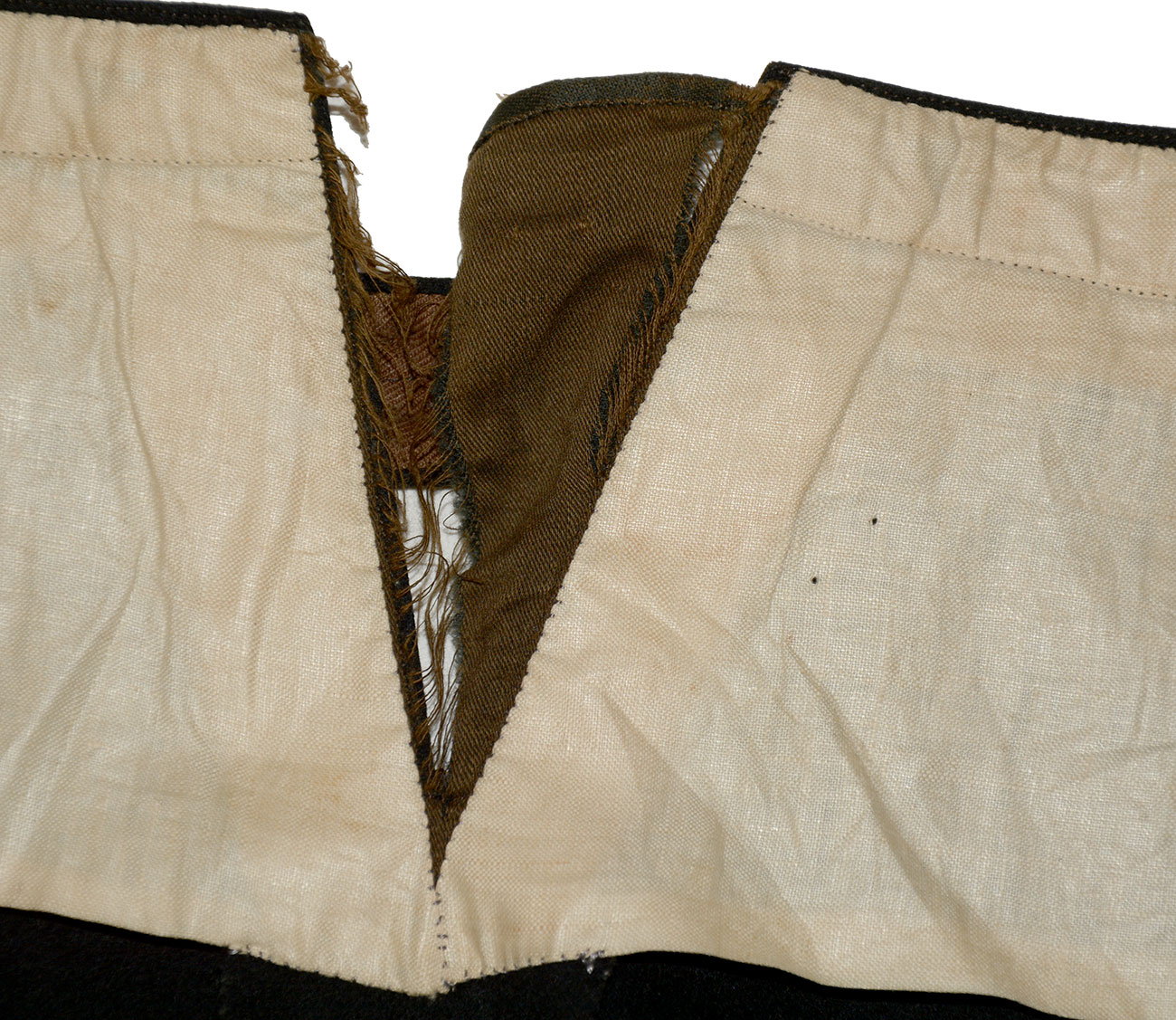
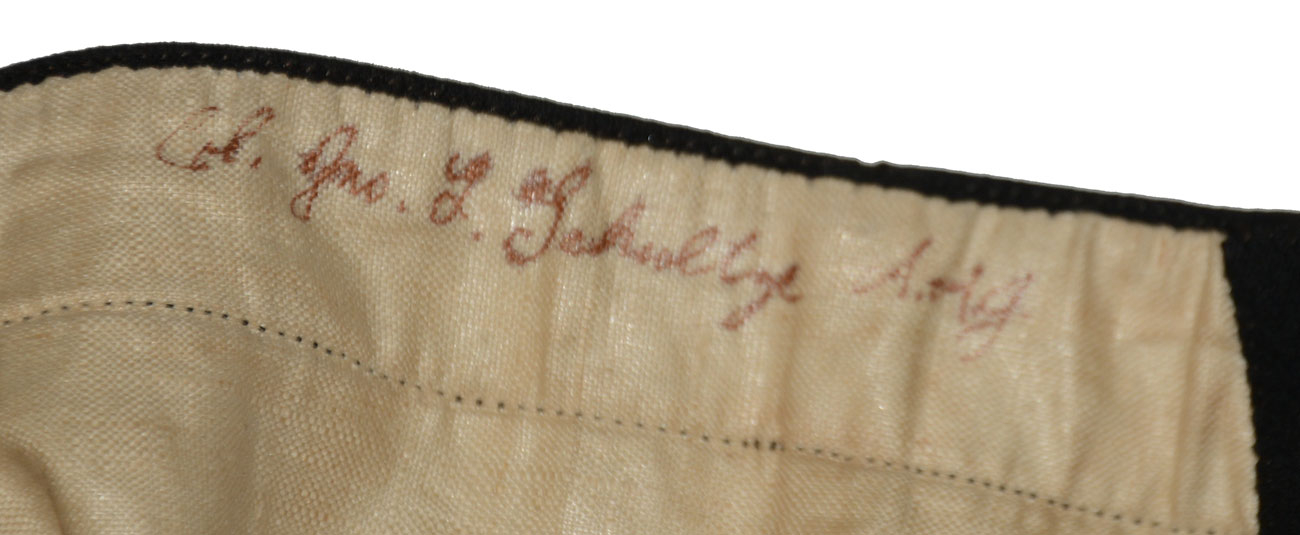
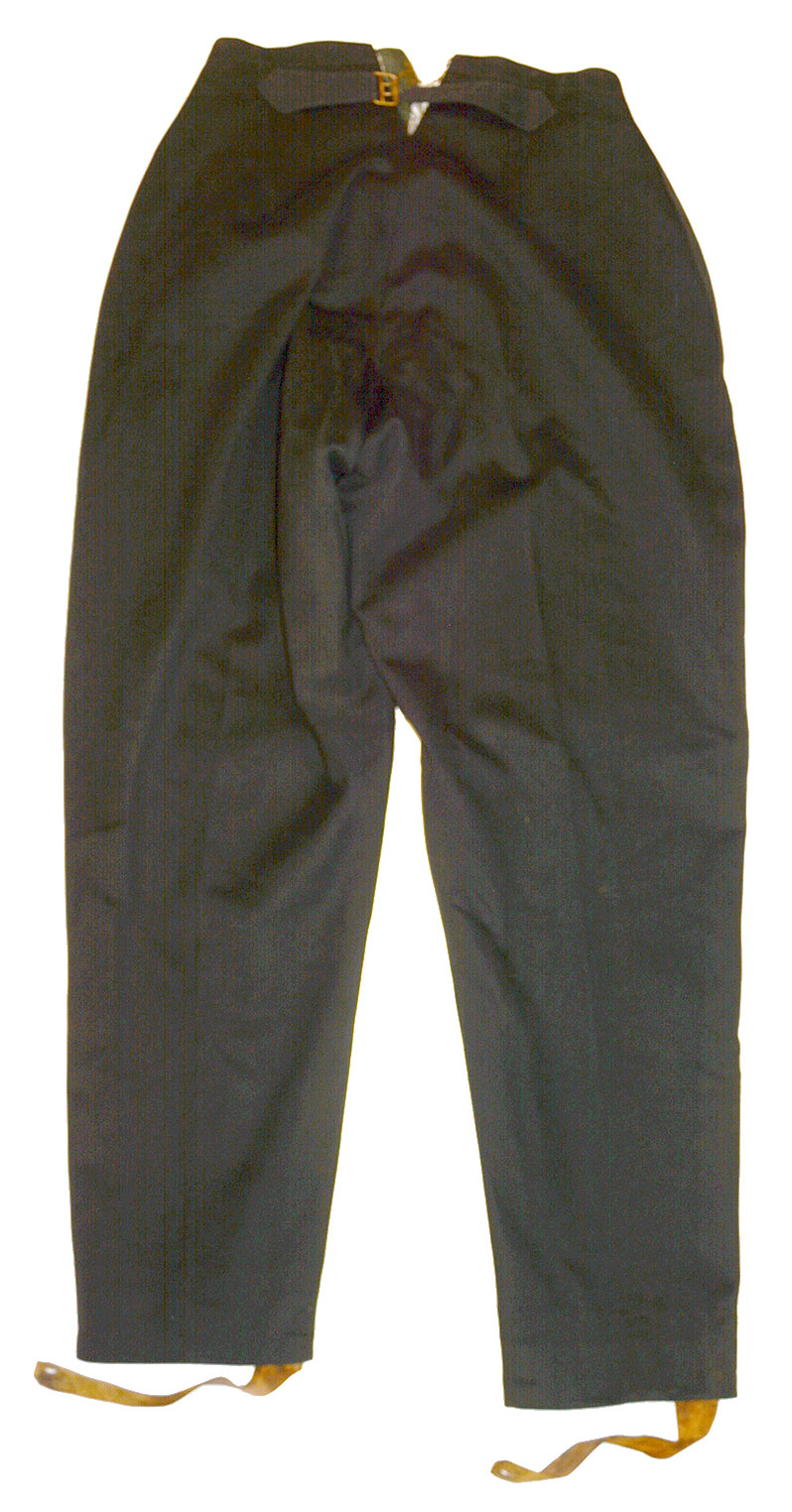
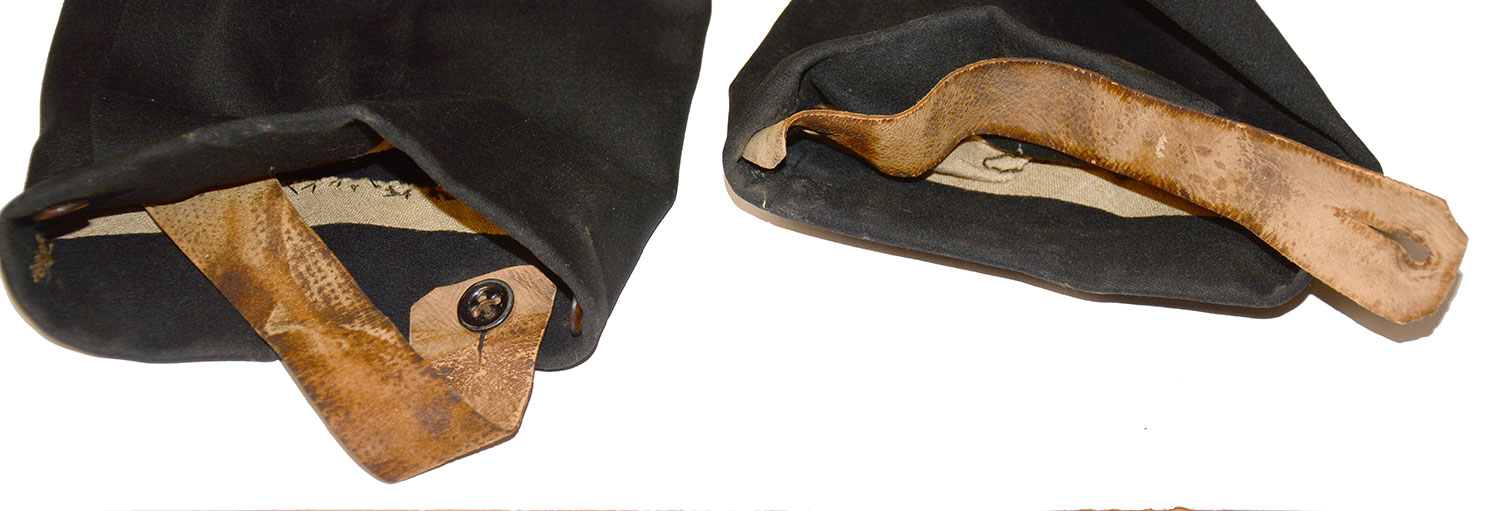
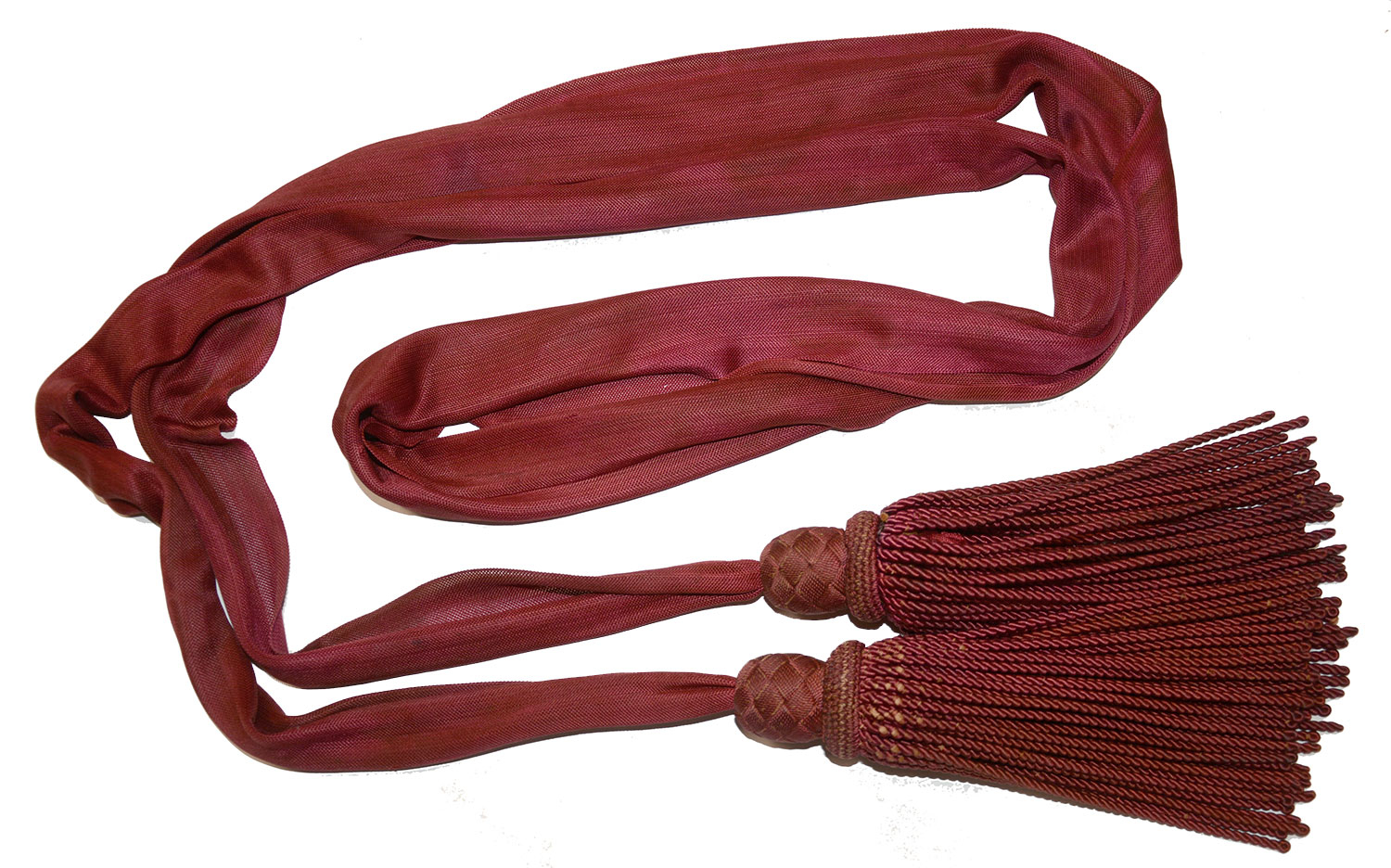

$12,500.00
Quantity Available: 1
Item Code: 1268-308
Shipping: Determined by Method & Location of buyer
To Order:
Call 717-334-0347,
Fax 717-334-5016, or E-mail
This is a very good looking Union Colonel’s frock coat, vest, trousers and sash worn by John Smythe Schultze (1834-1912,) who served as regimental quartermaster of the 93rd Pennsylvania and then moved up to brigade, corps, and department staff positions, being wounded in action at Fredericksburg while Aide-de-Camp and acting AQM on Couch’s 2nd Corps HQ staff and later serving under Couch in the Department of the Susquehanna, dealing with Lee’s invasion in June 1863 and the aftermath of the Battle of Gettysburg, which, according to his obituary at least, placed him on the platform to witness Lincoln’s Gettysburg Address. As the uniform of field-grade officer, of course, Schultz may well have worn it with different shoulder straps during his service as major as well as after his brevet to colonel, as an inscription in the vest indicates.
The uniform:
Coat: Regulation field-officer’s coat, double breasted with two rows of seven coat-size buttons each. Functional cuffs closed by three small buttons each. Two coat size buttons at rear waist. One at lower opening of right pocket skirt. Button on bottom of left pocket opening is missing. All buttons are Horstmann Brothers & Co. (“Bros.” on the cuff size) / Phil. backmarked with significant trace of gilt. 1” stand up collar with hanging tab inside. Single border Colonel’s shoulder straps with embroidered silver bullion eagle on dark blue velvet. One small moth nip on lower edge of one strap below jaceron wire border. Borders oxidized slightly showing a mix of muted gold and silver gray. Narrow moth nip right cuff. Three small ¼” nips along right lapel near buttonholes, one at left rear collar. Tail pockets in place. Fully lined body with black glazed material in back and skirts. Chest quilted with same material as coat. One interior pocket left breast. ¼” moth nip inside upper right at collar. Two or three on facing around upper first and third buttonholes, another near the second. Upper back, along shoulders was made with red fabric interlining as a precaution against wear which has shredded some of the glazed black lining in a 2x5” area below the collar at the center of the back exposing some of the red interlining. Some minor wear along the lower edge of the lining in the skirts.
Vest: Excellent condition. No moth damage. Dark blue cloth with narrow rise and fall collar with rounded ends. Nine button front. The upper seven buttons are all in place, general staff pattern, small size, showing traces of gilt in recesses. Two waist pockets, one lower breast pocket on the wearer’s left. Lined in white, with brown polished cotton back, with polished cotton adjusting belt and wire frame buckle. Lining showing some stains around left arm hole, but no holes or shredding. Original white cloth label sewn in lower left side: “major Jno. S. Schultze” in period brown ink.
Trousers: Excellent condition. Identified in period brown ink on the white lining of the waistband, “Col. Jno. S Schultze A.A.G.” No moth damage. Black in color with black cord piping on outer seams. Waist band lined in white, 2” at the fly, lengthening to 4-1/2” at the rear V split, which has a cloth adjusting belt with wire frame buckle. The V opening was concealed by a thin polished cotton triangle, that has pulled loose from the edge of the V on the wearer’s right. The waist is close by a single button, now missing. The fly is closed by five buttons that are very high-grade gilt brass and black enamel buttons reading “A.F. Muller / New-York.” The trousers were evidently made for a mounted officer, being lined in the seat and crotch with a thin white goatskin, showing some wear at the front of the crotch. This is a finely made set of stylish trousers meant to cut a trim figure. They were made without provision for suspenders, tapering noticeably inward at the waist, with short darts at each side on the front and no pockets. The legs also taper slightly toward the cuffs, which are fitted with buttons for instep straps- one button out of four in each cuff is missing. The others are in place, as are the two thin, brown leather instep straps.
Sash- Crimson silk, 4” wide, 120” overall including 8-1/2” turk’s head knots and tassels at each end. Very good overall: half a dozen pencil point moth nips, one 1-1/2” run, and some minor soiling.
Schultze’s Service Record
When he joined the army Shultze was 26 years-old, a graduate of Dickenson Seminary in Williamsport, PA, and apparently had considerable organizational and managerial talents. Among other pre-war jobs he had been superintendent of an iron works and on enlisting gave his occupation simply as “manager.” Schultz joined for duty and enrolled in the 93rd Pennsylvania on Sept. 20, 1861. The regiment was organized at Lebanon and mustered in from Sept. 21 to Oct. 28. Schultz mustered as 1st Lieutenant of Capt. Shearer’s company, which became Company E, to date October 12 and was on Shearer’s muster roll of Oct. 26, but on October 28 was made Regimental Quartermaster, also ranking as a 1st Lieutenant.
The regiment left for Washington Nov. 21 and on Jan. 22, 1862, moved to Tennallytown, joining Peck’s brigade in a division later commanded by Gen. Darius Couch. They took part in the Peninsular Campaign as part of the 4th Corps, seeing action at Yorktown and Williamsburg in May, Fair Oaks at the end of May and First of June, and Malvern Hill in July. His 1912 obituary contains a number of inaccuracies, but states he was wounded in the leg in a skirmish at “Young’s Mills.” This does not seem to be documented elsewhere, and if he was wounded it did not put him out of action, but there was indeed a skirmish at Young’s Mill in April on the peninsula that involved elements of the 4th Corps.
At some point in May-June Schultze was transferred to Peck’s brigade staff to be Acting Quartermaster of the brigade and he was on detached service from the regiment thence forward on brigade, division and corps staff duty. His obituary states that during this service he was stunned by a close shell burst at Malvern Hill that left him unconscious for a time and “partly” tore off an ear. As with his purported wounding at Young’s Mill, we do not find this in the records, but he was certainly under fire at points during the campaign.
In November Schultze moved up again in responsibility if not rank. Couch had apparently noticed his abilities and after taking command of the 2nd Corps in October (formally dated to Nov. 14) he announced Schultze’s assignment as an aide-de-camp on Nov. 5 and as of Nov. 12 also made him acting quartermaster of the corps. While serving in that dual capacity in the heavy fighting at Fredericksburg Schultze was slightly wounded, which Couch mentions in his OR report of the battle.
A July 1862 an act of congress had provided for a distinct staff at army corps headquarters and in early 1863 Couch’s staff received appointments to the same or new positions, but with increased rank. Schultze’s appointment took some time to make its way through the system and it was only on May 7 that he submitted his resignation from the 93rd PA to take the post on Couch’s personal staff as Captain, US Volunteers, and become one of Couch’s three aides-de-camp.
Ironically, Schultze’s formal appointment dated just after the Chancellorsville, which finally made up Couch’s mind that he could not serve under Hooker, and in early June Couch took command of the newly formed Department of the Susquehanna, taking Schultze with him, making him Assistant Adjutant General on his staff (AAG,) with the rank of Major (US Volunteers) as of June 23, 1863. The department had been created to help deal with Lee’s invasion of the north in the Gettysburg Campaign, with control of Pennsylvania Volunteer Militia and Emergency Militia as well as the militia dispatched from New York and New Jersey. Troops under Couch’s command skirmished with advancing Confederates at Greencastle, Gettysburg (on June 26,) Carlisle and elsewhere. After Gettysburg, Couch’s department was responsible for cleaning up the Gettysburg battlefield and preparing for the dedication of the National Cemetery, which likely explains the statement in Schultze’s obituary that he was present on the platform during the dedication ceremonies of the cemetery, though we have not found confirmation of this.
Schultze’s abilities were recognized widely enough for him to be offered promotion to Colonel and command of the new 187th Pennsylvania Volunteers in April 1864, but he turned it down to remain with Couch as AAG, remaining on Couch’s staff until December, when Couch accepted a command in the western theatre. At that point the department was renamed the Department of Pennsylvania and Schultze continued to perform his duties as AAG on the staff of George Cadwalader, commanding that department, which was officially redesignated as a district in the Middle Military Department in late June 1865, with Schultze continuing to perform his duties as AAG under that heading from July to November 1865, when he was honorably mustered out as of Nov. 22, 1865.
Schultz was given two March 13, 1865, brevets for faithful and meritorious service: one to Lt. Colonel and one to Colonel, the first likely to account for service prior to and during service as a major and the second likely for his overall wartime service. In any case, these brevets and his service as Assistant Adjutant General apparently confused the writer of his 1912 obituary, who mistakenly says he was twice breveted general.
Schultz’s uniform coat is that of a field grade officer and could have been worn by him at any point after his appointment to major with appropriate shoulder straps. We have found nothing written in the coat to date its purchase. His rank of major in the vest indicates he retained older elements of his uniform; the sash would be appropriate even for his service as 1st lieutenant; and given that his inscriptions in the vest and trousers could postdate his purchase and initial wear of them, they too could date early: the trousers, made for mounted wear, would not be inappropriate since even regimental staff officers, like the quartermaster, were mounted.
Documenting Schultze’s presence at Gettysburg might pan out with further research. We do note one further Lincoln connection: Schultze was intimately involved in the arrangements of Lincoln’s funeral as it pertained to Pennsylvania, with the organization of honor guards, ceremonial processions, etc.
After the war Schultze lived in New Jersey, pursued business interests, and served in the state senate. We show the 1912 obituary mentioning some service details, though mistaken in calling him a general and perhaps in other details. We rather suspect the writer was misled by his service as Assistant Adjutant General. On the whole, however, given his survival and considerable elevation in rank in the writing, it seems an interesting reversal of the oft-repeated definition of military glory as being killed in battle and having your name spelled wrong in the newspapers.
This is a strong looking grouping that presents well and has an interesting history with an officer who served in some important positions in some major campaigns. [sr][ph:L]
~~~~~~~~~~~~~~~~~~~~~~~~~~~~~~~~~~~
THIS ITEM, AS WITH ALL OTHER ITEMS AVAILABLE ON OUR WEB SITE,
MAY BE PURCHASED THROUGH OUR LAYAWAY PROGRAM.
CLICK HERE FOR OUR POLICIES AND TERMS.
THANK YOU!
Inquire About UNIFORM OF COL. JOHN S. SCHULTZ, ADC TO GEN. COUCH AS 2nd CORPS COMMANDER AT FREDERICKSBURG (WIA,) CHANCELLORSVILLE, AND COMMANDER DEPT. SUSQUEHANNA- PURPORTEDLY ON THE PLATFORM AT THE GETTYSBURG ADDRESS
Most Popular
Historical Firearms Stolen From The National Civil War Museum In Harrisburg, Pa »
Theft From Gravesite Of Gen. John Reynolds »
Selection Of Unframed Prints By Don Troiani »
Fine Condition Brass Infantry Bugle Insignia »
British Imported, Confederate Used Bayonet »
Scarce New Model 1865 Sharps Still In Percussion Near Factory New »
featured item
IMPORT MODEL 1850 CIVIL WAR FIELD & STAFF OFFICER’S SWORD ID’D TO COL. RICHARD M. CORWINE, MEMBER OF GENERAL FREMONT’S STAFF
Original Civil War Model 1850 Field & Staff officer’s sword in nice condition complete with its metal scabbard. Sword is unmarked and is no doubt an import item. It is identified by a presentation inscription to R. M. Corwine, Aide-de-camp to… (870-157). Learn More »


